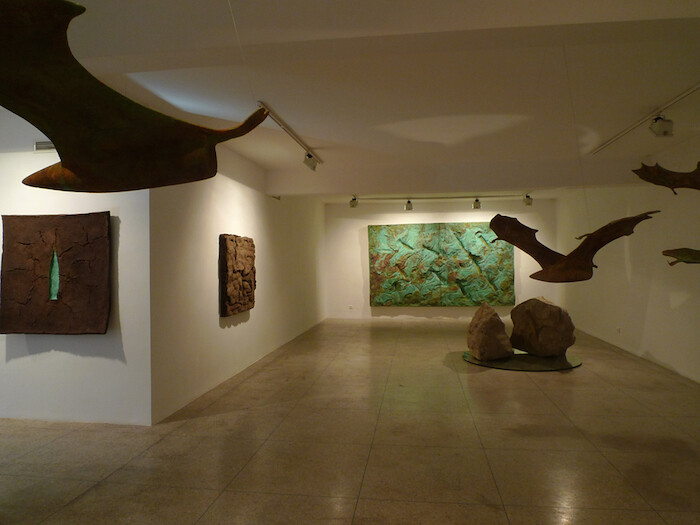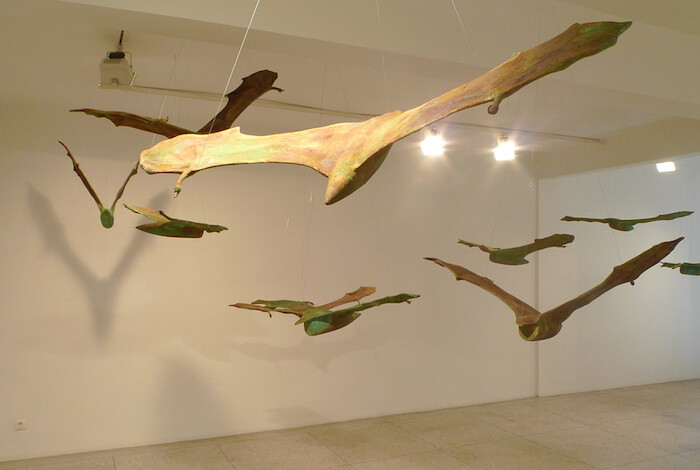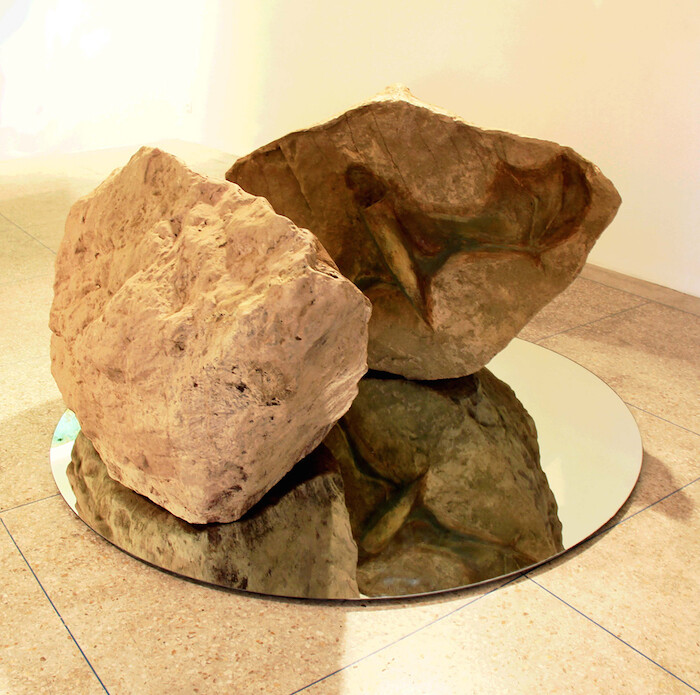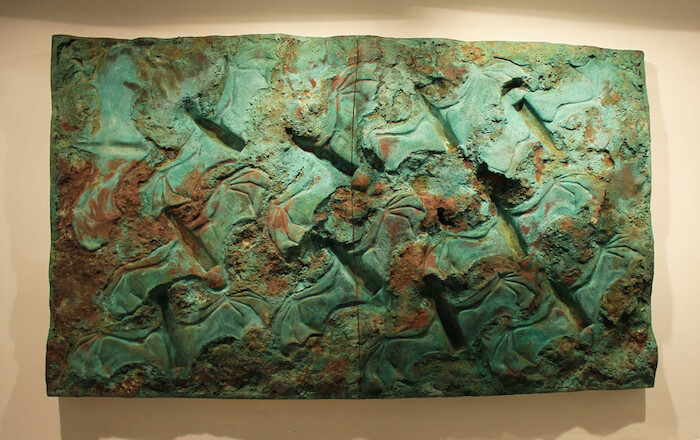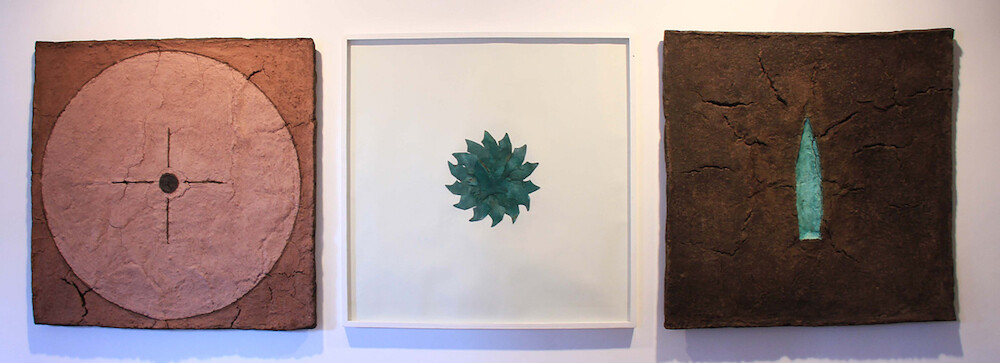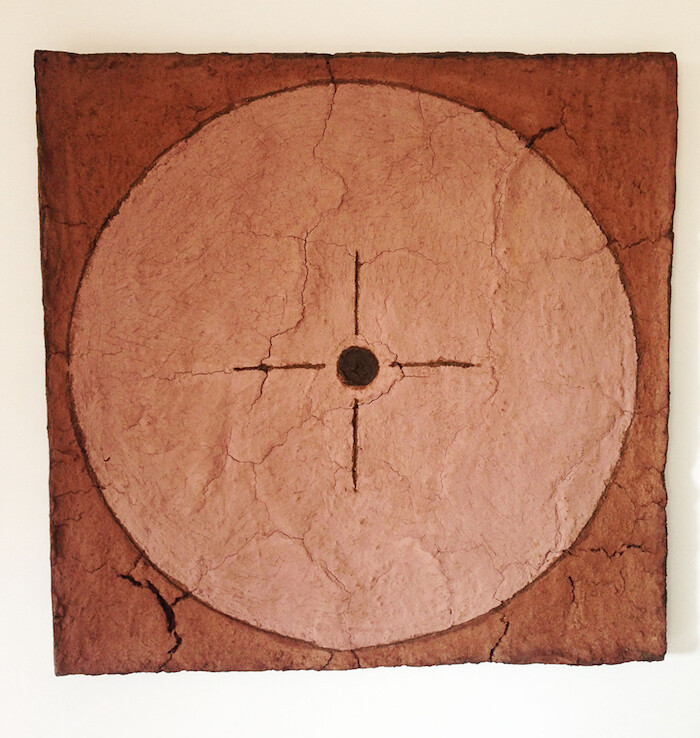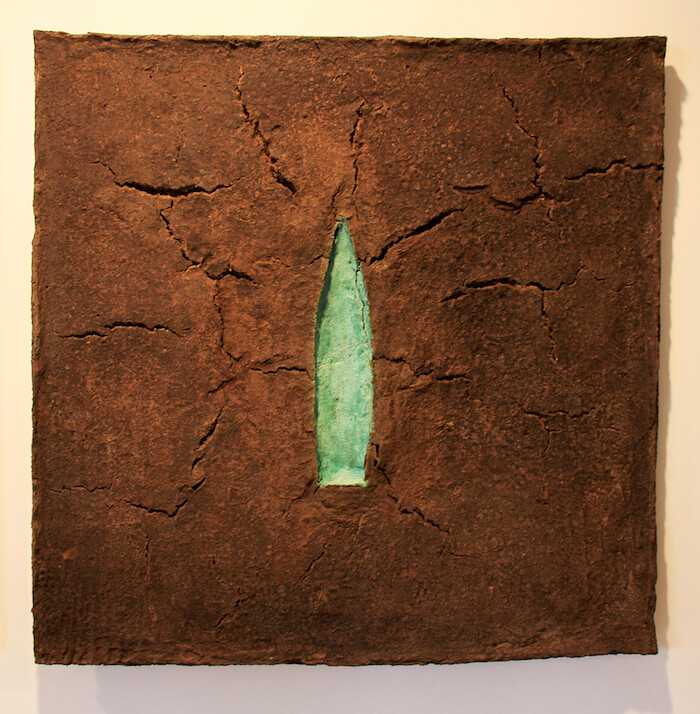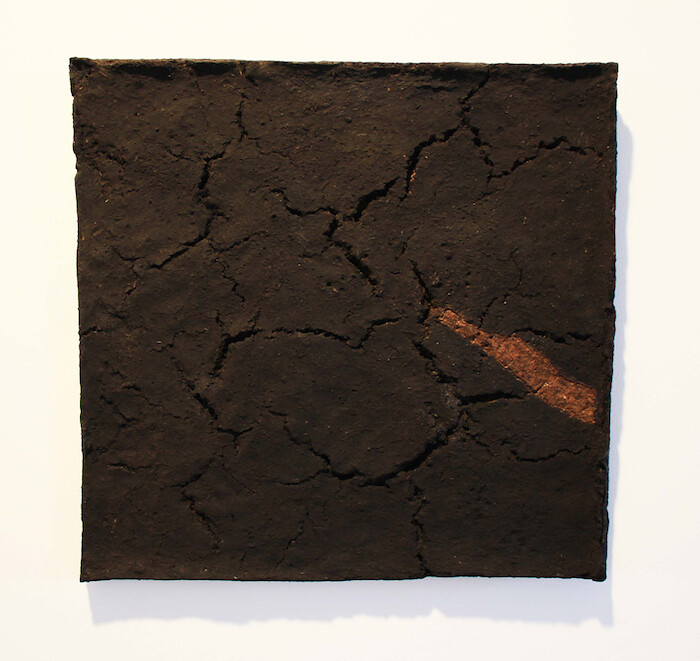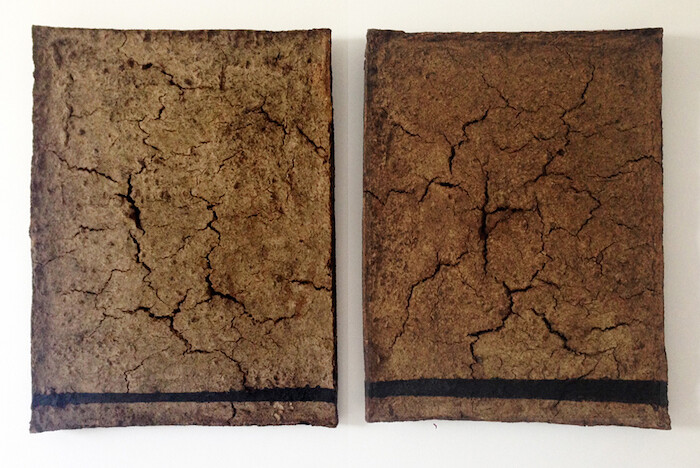Subject of the orientalist eye par excellence, Marrakesh is a glossy and colorful concentrate of its plural roots, with a strong dose of Arabic and Berber culture Europeanized by French colonialism and mass tourism. While several North African and Western Asian countries are witnessing a dramatic decrease in tourism due to political unrest, Morocco is lavishly aiming to host 20 million visitors by 20201—a defining factor in the government’s economical and infrastructural policies, encouraging large-scale investments in tourist attractions, and promising a new and global future in urban mega-projects. The cultural sector is flourishing, with the paramount and historically rooted role of private investors and patrons initiating and financing biennials (the Marrakech Biennale is about to open the doors of its sixth edition), large museums (two are in the making in the Red City alone), and smaller multi-disciplinary organizations (see, for instance, the arts centre Dar al-Ma’mûn). Local administration has only recently and still tentatively placed interest in critical and independent art initiatives, privileging otherwise commercial or more sensational enterprises.
Within this entanglement between private resources and public interest, Marrakesh’s Voice Gallery is devoted to supporting and producing the work of socially, and politically sensitive artists, from young practitioners such as Rim Battal and Younes Baba-Ali to more established ones like Hassan Darsi and Eric Van Hove. Director Rocco Orlacchio affirms that his mission is to shape and change Moroccan collectors’ and residents’ ways of seeing, which are for the most part still trapped in stereotyped and orientalist expectations of what Moroccan art should be.
The gallery is emblematically located in an apartment in a rather industrial neighborhood of Marrakesh, away from the noise and touristic glamour of the old medina. “Hybridations” is the title of the first solo show of Abdeljalil Saouli, which centers on two figures—the bat and the bullet—to create an allegory of death, inspired by a net of associations related to the political and colonial history of the mountainous region of Fez, where the artist grew up.
The central piece in the exhibition is Battbal (2015), an installation of rusty metallic flying bat-bombs loosely referencing the bat-bomb, an eccentric US research project developed during World War II, which made use of Mexican Free-tailed bats carrying small timed incendiary explosives. In the exhibition, a bullet replaces the torso of each of the 12 bats composing the installation, all suspended at various heights with open and wide wings, firmly pointing towards different targets, and seemingly intended to harm.
After moving through the bellicose objects, we see more bats and more bullets, this time in the form of fossil impressions in a rock broken in half and positioned on a perfectly round mirror on the floor, acting as a pedestal for what wants to appear as a valuable paleontological discovery (Hubson Rock, 2015). The same pairing continues to recur, begging for consideration in a history of the earth that has violence at its core. In Untitled (2014), a myriad of bat-bombs acts as molds on another rusting metallic surface—a thick, large diptych hanging on the wall. In Untitled tryptic (2015), we see three distinct squared elements, two of which are made of processed soil—impressed with a red shooting target and the shape of a bullet respectively—with, at their center, a tidy framed round composition realized by arranging multiple bat-wing shapes in a circle. The list goes on; bullets and bats are key elements of almost each segment of the show.
The extremely neat exhibition display creates an environment that is not as suffocating as the redundant repetition of shapes would suggest, with each piece having abundant space for viewing, and the show appearing as a sum of individual parts of the same series more than a holistic narration. There is something unsurprising about this exhibition; it is so easily legible, so tidily arranged, that despite its conspicuous formal content, its effect is plain, a sort of loose battlefield archeological setting intended to speak to a large and distracted audience. An overall analysis of the relationship between the various narrative levels of the show suggests another semantic, yet more subtle, game the artist might be playing: a story in which the references to discontinuity, colonialism, war, violence as an inherent element to the evolution of the world, all translated into forms of immediate, unambiguous, and almost obvious readability, underlie and underscore the fragile splendor of exponential tourist-led growth. A strong and dangerous splendor, like that of all things too alluring on their surface. Mere appearances?
Aziz Allilou, “Morocco’s Tourism Vision 2020 aims to attract 20 million Tourists,” Morocco World News, (November 2013), http://www.moroccoworldnews.com/2013/11/113277/moroccos-tourism-vision-2020-aims-to-attract-20-million-tourists/.

